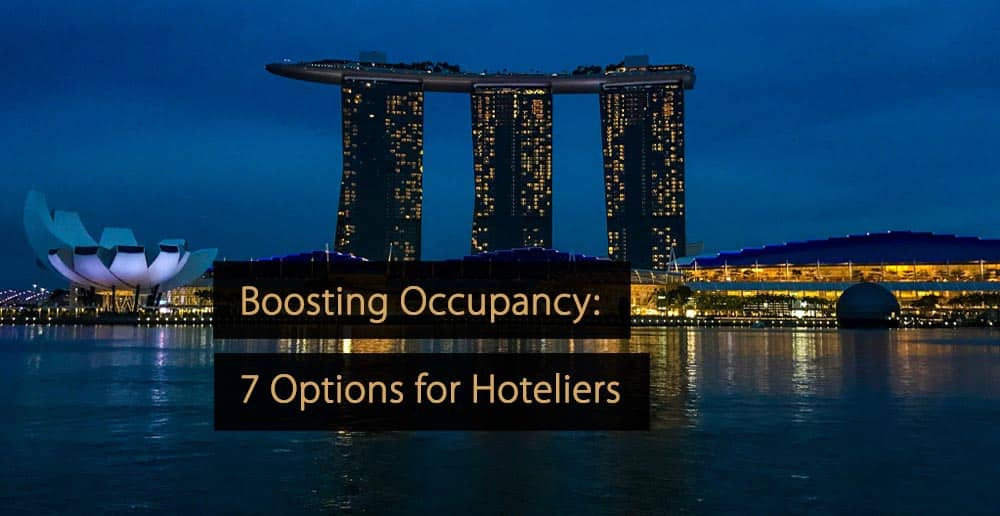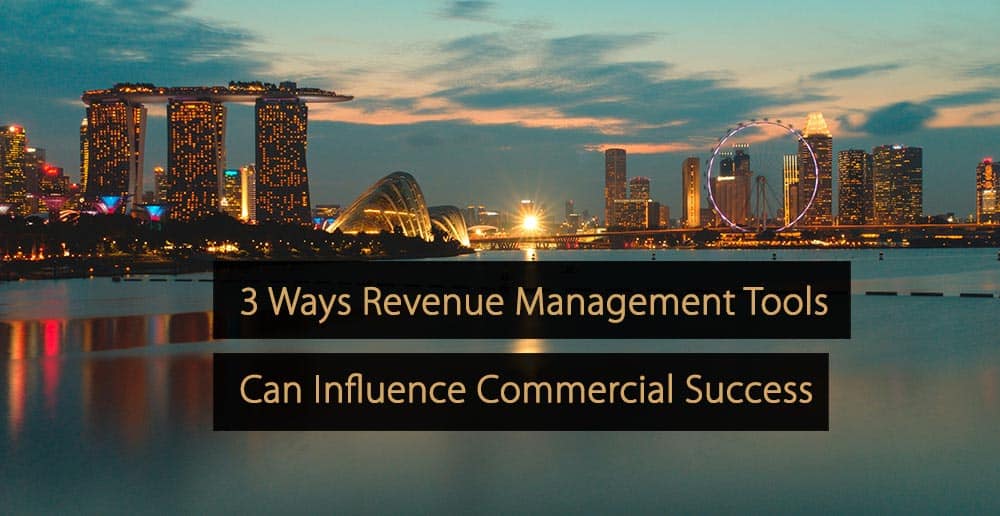“Heads in beds.” While occupancy is not the only thing influencing the revenue success of a hotel, it’s hard to say you’re maximizing revenue if your occupancy levels are low.
7 Ways to Effectively Boost the Occupancy
Today, guests typically have a wealth of options for determining precisely in which beds their heads will be resting. Hotel room supply is abundant in many locales. While app-based rental units are facing some headwinds, they remain a disruptive force for hoteliers looking to stake a claim and maintain their share of business.
While price and discounting can help bring more guests in the door, hoteliers must strike a balance to protect their bottom line and their property’s reputation. Fortunately, that’s not the only lever hoteliers can pull to boost occupancy. Let’s take a look at some effective potential avenues for hoteliers to grow their occupancy base.
1. Take a Step Back from “Yield Management” to Revenue Manage
While trying to maximize revenue during high-demand periods is by no means a bad choice, it can lead to some short-term tunnel vision as hoteliers look to maximize peak night average daily rate (ADR). Instead, operators should consider the larger revenue picture. With thoughtful booking controls that require longer stays on peak nights, hoteliers can drive occupancy on the surrounding shoulder nights. This will likely require sacrificing some ADR, but the overall revenue impact of these longer-stay bookings can more than makeup for the difference.
2. Encourage Direct Booking Growth
This might not be an easy change to implement in the short term, but there’s incredible value in building an effective direct booking engine. Benefits like discounted rates, complimentary amenities or loyalty program perks are all effective “carrots” for encouraging direct booking. While operators will need to be mindful of rate parity issues, direct bookings reduce acquisition costs like online travel agency (OTA) commission fees. Loyalty programs also provide a foundation of customer data for further marketing outreach.
3. Develop and Refine Package Offerings
Everyone likes a celebration. Give your guests a reason to do it with you. Thoughtful theme packages that transform a stay into an experience—with minimal effort from guests—are a great way to capitalize. There are a ton of creative ideas for guest packages. Some tried-and-true options include combined tours to local attractions (e.g., museums, wine tours, landmark tours), weekend “staycation” packages marketed to guests in local or nearby areas with fuel rebate vouchers, or romantic getaway bundles.
It’s important to embrace experimentation here. Measure results, A/B test your promotional emails, request guest input, and adjust offerings and tactics. Not every seemingly good idea will be a hit, but ideally, you’ll learn something to guide further improvements.
4. Don’t Ignore the Power of Personalization
Your hotel’s systems are housing an incredible resource: guest data. This data can work wonders when paired with package offerings. For example, an automated email campaign offering a birthday stay package to previous guests a few weeks before their big day. It’s easy for you and them, and when guests perceive it as a good offer, it feels like a nice perk instead of yet another spam message in their inbox.
Lean into taking and reviewing preference notes and other guest feedback info to identify some small, but nice extra flourishes to help ensure guests feel valued and likely to return. Better yet, they might just go and tell their friends about the great experience. These efforts to “go the extra mile” are about boosting long-term occupancy through high guest satisfaction.
5. Get Granular with Competitive Positioning for Room Types
Consider your hotel’s approach to competitive positioning. Earning a larger market share isn’t solely about pitting your lead-in room type against your primary competitor’s lead-in room type. Is there a higher-rated luxury competitor in the market? Consider positioning your typically harder-to-sell premium rooms as an alternative option to their lead-in room type. Think of it this way: would you consider staying in one of the nicest rooms at a 4-star hotel for nearly the same price as a basic room at a 5-star hotel? For many, the answer is a resounding yes.
6. Review Booking Channel Mix
How you’re getting the word out matters. While we’ve already acknowledged the value of driving direct bookings, your brand website shouldn’t be the only promotion channel if you’re looking to boost occupancy quickly—sometimes, you simply need to cast a wider net. Explore collaboration opportunities with OTAs, local business groups and consortia, and global distribution system options.
Local networks provide another avenue for developing mutually beneficial relationships. Tour operators, event organizers, and management at local attractions may be willing to collaborate. Building these connections can pay dividends, so get involved!
7. Embrace a Dynamic Pricing Strategy
Fixed prices often result in missed opportunities. With advanced, automated revenue management tools, hoteliers can efficiently implement an effective dynamic pricing strategy. These systems can adjust room rates in real-time based on factors such as demand, competitor pricing fluctuations, and other market conditions. This efficient response approach ensures your hotel remains competitively priced and is in a position to capitalize on demand fluctuations.
Boosting your property’s occupancy and revenue health is an empowering process, achievable with dedicated efforts, the right team, and effective tools. It’s a strategic move that can lead to success and growth for your property.
Free Guide: 6 Hotel Technology Predictions for 2024
Automation and AI are revolutionizing traditional business practices in the dynamic hospitality industry.
As 2024 becomes clearer, experienced hospitality professionals “gazed into the crystal ball” to preview the future. 2024 is shaping up to be a big year in hospitality – are you ready for it?
Click here to download the guide “6 Hotel Technology Predictions for 2024“.
More Tips to Grow Your Business
Revfine.com is the leading knowledge platform for the hospitality and travel industry. Professionals use our insights, strategies, and actionable tips to get inspired, optimize revenue, innovate processes, and improve customer experience.Explore expert advice on management, marketing, revenue management, operations, software, and technology in our dedicated Hotel, Hospitality, and Travel & Tourism categories.








Leave A Comment